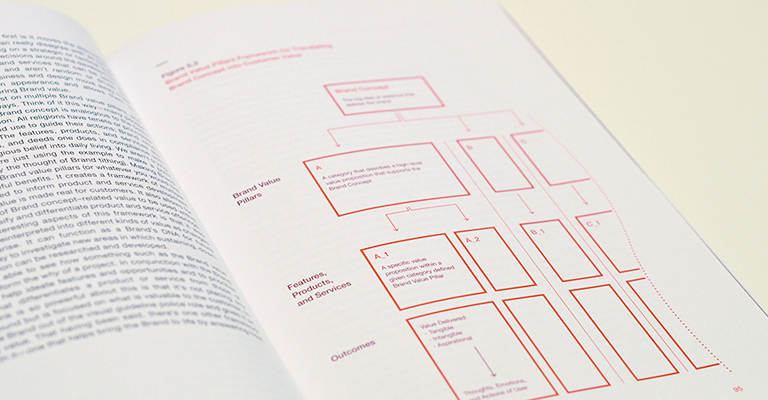
Design’s ability to deliver value
"Any long-term positive emotional response from the customer has to have a strong value component."
— Patrick Newbery
Within the design context today, 'experience design' and its practices do result with sustainable solutions for businesses. Be it a physical or a digital product, brands are keen on the human-centric focus and designers make sure of a user-centred base for their creations. As we are still shifting towards a digital world, the user's experience of any product relies more and more on the intangible, on the emotion.
What role does design play in effectively impacting user's emotion?
Value. Value is the core component of a user's experience with a product. What is the perceived value of this product? Product here refers to a physical or digital product, a service or an experience. Consequently, and while stepping into the challenges of identifying, creating and delivering value, I stumbled upon the book which doesn't only answer the question but even provides the tools that lead to the answers.
Experience Design: A Framework for Integrating Brand, Experience, and Value by Patrick Newbery & Kevin Farnham. In their book, the two authors look at experience design as "factoring time into every decision and understanding what the relevant vectors of time are for any given stage or touch point of the customer experience."
They formulated in the following equation (model):

Excerpt from Section I: Context
Chapter 2: Thinking about Business
The book, as its title implies, formulates solutions through an integrated system of brand, experience, and value, that changes over time. Value & customer engagement lay at the core of the book. The authors goes in depth in analysing the customer's journey and present a detailed framework which is adaptable for any experience. This brings me to mention a worthwhile section of the book: Frameworks and Tools.

Excerpt from Section II: Tools and Frameworks
Chapter 7: Customer Journey Framework
"Brand Value Pillars Framework for Translating Brand Concept Into Customer Value" is an example of these tools. It informs the why in a project and helps to ideate opportunities and prioritise requirements that differentiates a product or a service from those of competitors.

The series of tools and frameworks ends with an Integrated Framework of Experience Design putting together the 4 main aspects (elaborated in this section of the book): Brand Concepts & Value Pillars, Brand Attributes, Products & Services, and Customer Journey.
Engagement comes from meeting expectations, which means being relevant, which means providing value. In the article "Experience Design is a Perspective, not a Discipline", Newbery states that emotion is the key component of experience, and choosing which emotion to target is in a constant change and differs based on the type of need. He simply put it as "businesses don't get the full return on their investment in design if the outcome is only a momentary emotional response from customers".
Experience Design, the book, widens the horizon to look into the business & the designer together and precisely brings 'experience design' earlier to the table. It provides a handful of tools and frameworks, which are applicable in different contexts and smartly proves design's problem-solving ability.
(By the way it might be the right time to order the book as an under-the-tree Christmas idea)

